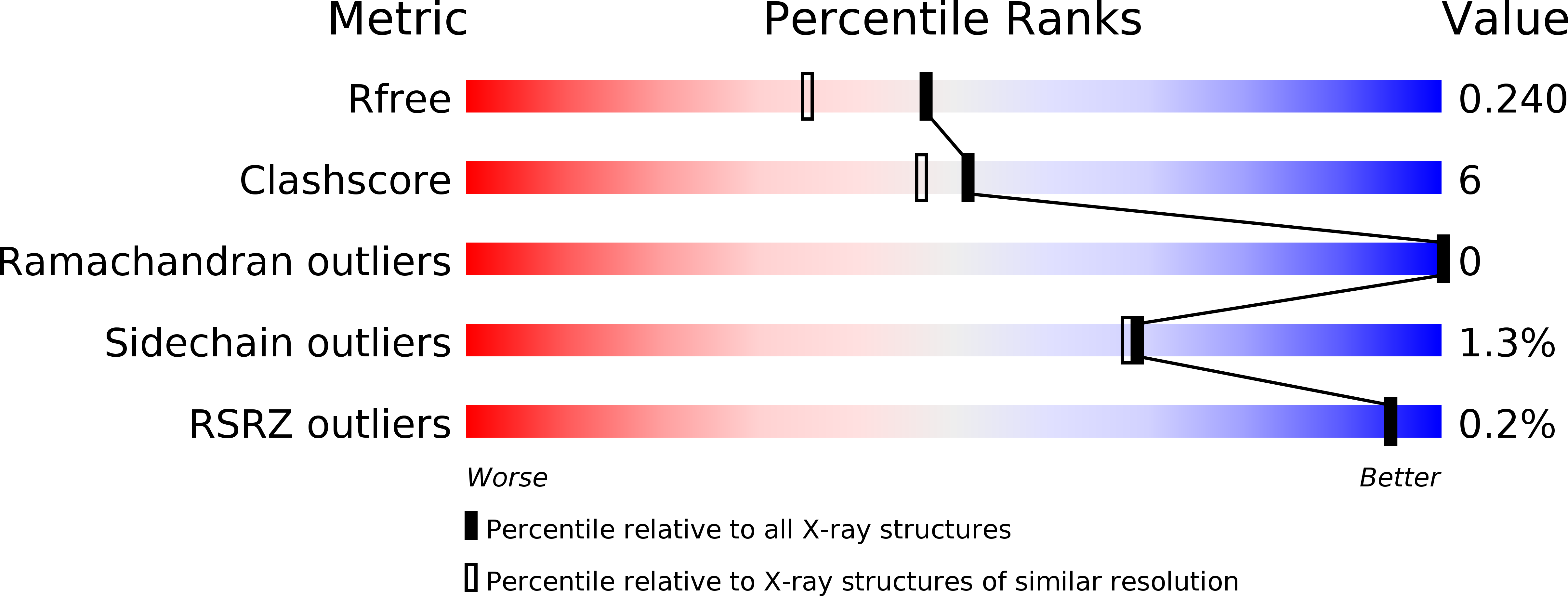
Deposition Date
2015-02-25
Release Date
2015-03-11
Last Version Date
2023-09-27
Entry Detail
PDB ID:
4YFV
Keywords:
Title:
X-ray structure of the 4-N-formyltransferase VioF from Providencia alcalifaciens O30
Biological Source:
Source Organism:
Providencia alcalifaciens (Taxon ID: 126385)
Host Organism:
Method Details:
Experimental Method:
Resolution:
1.89 Å
R-Value Free:
0.23
R-Value Work:
0.18
R-Value Observed:
0.18
Space Group:
H 3 2


